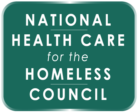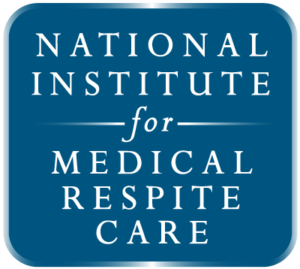Nutrition and Diabetes Guide: How Medical Nutrition Therapy Can Improve Diabetes Management (2019)
This guide is published in direct response to the needs expressed by health care providers to the National Health Care for the Homeless Council concerning how health centers may provide quality care to people experiencing homelessness and diagnosed with diabetes. People who lack stable housing face numerous barriers that hamper diabetes management. As HRSA-supported health […]


